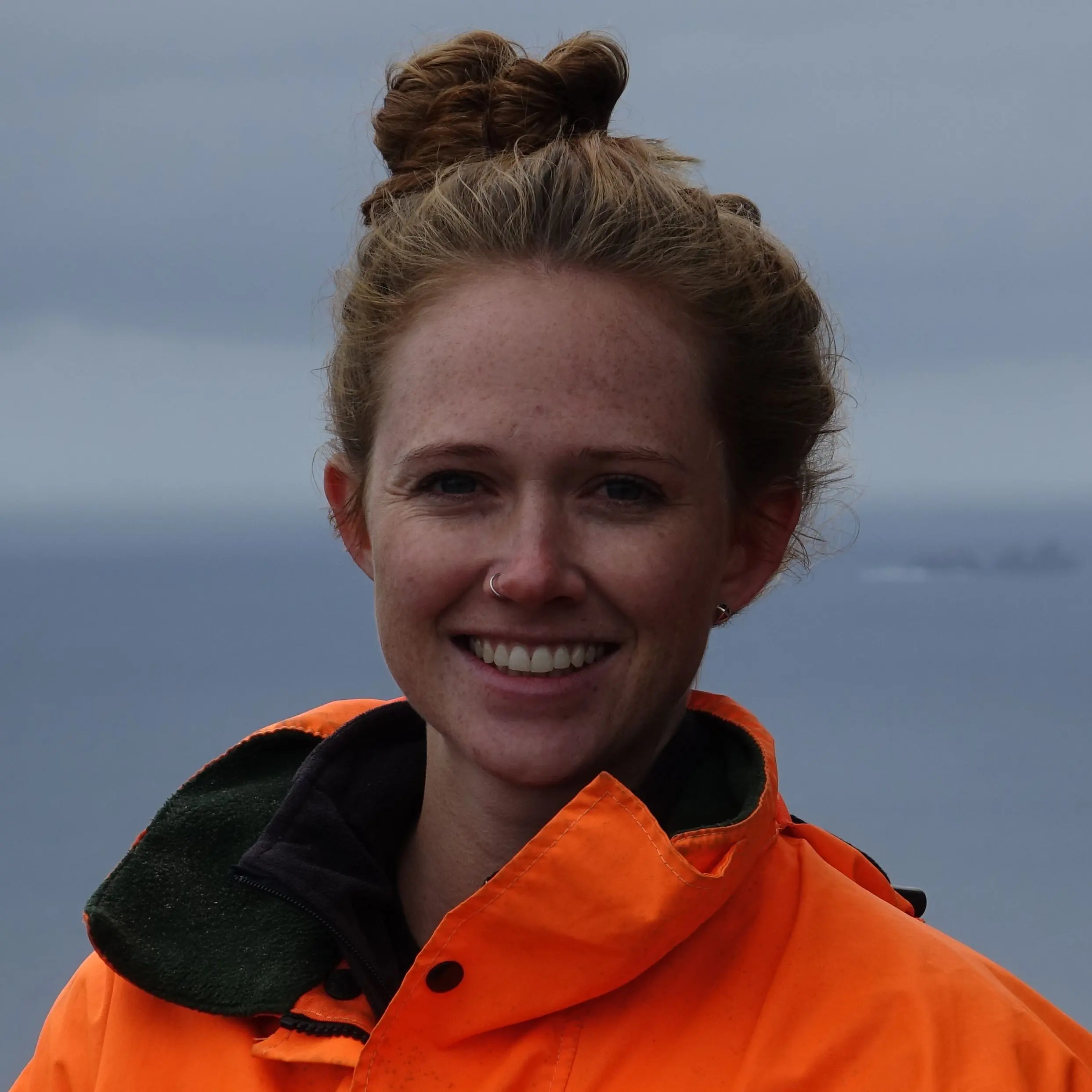Excited for my adventure I boarded the early flight from Wellington to Nelson where I then caught a shuttle to St Arnaud, Nelson Lakes. This is where I will be spending the next month helping out with conservation work as part of the Rotoiti Nature Recovery Project (RNRP) – a ca. 5,000 ha ‘mainland island’ within the Nelson Lakes National Park at the northern end of the Southern Alps. Mainland islands are areas that are either isolated by predator exclusion fences, geographic features or intensive pest management (there are 5 around the country). The area is famous for its beautiful beech forests, predominantly red (Fuscospora fusca), silver (Lophozonia menziesii), and mountain (Fuscospora solandri var. cliffortioides) beech, which I will talk about in more detail in the weeks to come.
My first day consisted of inductions and settling into the DOC staff accommodation, Cummings Cottage. The cute wee cottage is located conveniently across the road from the DOC office, is a 5 minute walk from the most delicious pizza, head 5 minutes in the other direction and you are graced with the picturesque Lake Rotoiti, oh and might I mention that the views outside my bedroom window are to DIE FOR! My supervisor for the month will be Jen Waite who is a senior biodiversity ranger here.

My humble abode for the month.
Day two started off with a nice wee commute in Kehu, one of the DOC boats, from Kerr Bay to about half way down Lake Rotoiti – not often you can say that you caught a boat to work in the middle of one of our countries most beautiful national parks!

The morning commute in Kehu.
With a pack full of eggs and a GPS I set off to check my first trap-line (40 traps) along the Lakehead track which runs along the eastern shores of the lake. Initially a bit worried that I wouldn’t be able to find the traps, I soon realized that they were easing me into the work and kindly gave me a nice mellow, easy line! Why the eggs you ask? Well…. There is a pretty good reason why this place is a mainland island. There are traps everywhere! The eggs are used as bait in DOC200 stoat traps and I was tasked with replacing the old (smelly) ones with new fresh ones. Along with this I also had the glamorous job of clearing out any dead and decaying pest unlucky enough to find their way into the trap, be it rodents, mustelids or hedgehogs. These nasty invasive mammalian predators wreak havoc on our ecosystems, taking a serious toll on the survival of our native plants, birds, reptiles and invertebrates. New Zealand has been geographically isolated for over 80 million years, which means our native species evolved without the presence of land mammals, making them very ill equipped to deal with the threats posed by these creatures. These pests not only compete with our native birdlife, but they also eat the eggs and young and even attack adult birds!

Replacing the eggs in DOC200 stoat traps.
Day three came around pretty quick, and with the weather packing in a little myself and John, who’s a volly from Vermont, got stuck into mounting warning signs for the upcoming wasp poisoning operation. It is a legal requirement to have these signs placed at entry points to the conservation areas where pesticide is being laid. Nelson Lakes is well known for its crazy wasp numbers, and every summer a protein poison bait is laid in bait stations in a bid to control them. The high density of wasps is a result of the presence of honeydew exuding scale insects which reside on beech trees. The wasps not only consume the honeydew resource, meaning it is unavailable to native species, but they also consume up to 8kg of invertebrates a year, they impact nutrient cycling, and affect the apiculture, horticulture, forestry and tourism industries. After morning smoko the weather cleared a little and we were sent up into Big Bush Conservation Area to check that the wasp stations were ready to be filled for the upcoming poisoning operation, replacing any broken ones

Finding my way one pink triangle at a time.
With 22mls of rain and gale-force winds forecast for Thursday I was advised it might be a nice day to help out with some inside jobs. As my profile mentions, I am a GIS analyst by trade – which basically means I map things out, so I was pretty happy when asked to geek out and analyse some geographic data for a bait station trial that was carried out late last year. This involved analyzing the data to find the ‘hot-spots’, where the percentage of bait taken was high, the ‘cold-spots’, where bait take was low and everywhere in between. In the arvo we had a briefing for tomorrows job – mistletoe monitoring, so stay tuned and I’ll update you when I can!

Juliet O'Connell
BLAKE DOC Ambassador 2016


